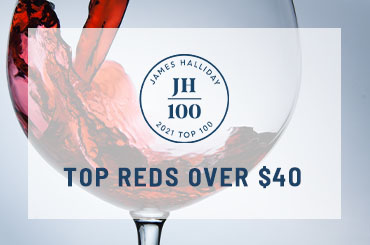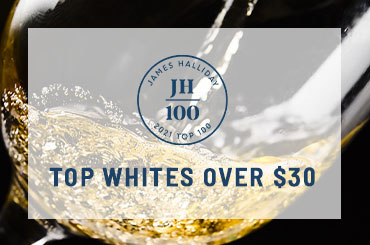When I penned the introduction to last year’s Top 100, the wine world and Australia’s place in it was full of uncertainties. So it is today, albeit with more and different challenges – but also opportunities for those who make wine and those who drink it. And around the world beyond Australia, 16.3 million glasses of our wine are consumed every day.
The gross value of exports for the year to September 30, 2020 was $2.998 billion. For the same period this year, the value plummeted to $2.27 billion, with $718 million lopped off the China market and still falling. It’s as well we are a resilient mob because Covid-19 lockdowns redoubled the task of finding new ways and new markets to absorb that lost amount, which is not far short of the combined value to us of the US and UK markets in 2020 – $870 million.
We’re not out of the woods yet, but we’ve managed to continue the remarkable resurgence of Australian wines in the UK market from $365 million in 2019 to $459 million in 2021. From third place behind China and the US, the UK will now sweep into first place in the next quarter. Equally significantly, duty on wine will be removed once a free trade agreement with the UK is signed.

We’re not out of the woods yet, but we’ve managed to continue the remarkable resurgence of Australian wines in the UK market...
As if to make up for the loss of China, the impact of the pandemic, the drought (small vintages in 2018, ’19 and ’20), bushfires and shipping delays trashing supply chains, nature has given us a 2021 vintage like no other. At 2.01 million tonnes, it is the largest ever recorded, 17 per cent above the long-term average of 1.74 million tonnes. That’s one side of the golden coin. Turn it over and, as the usually sober Wine Australia reports, “there were near-perfect growing and ripening conditions across most states”. There are thousands of wines out there that will trans-form the Top 100 next year as the oak fermented and/or matured styles come onto the market.
The value of the 2021 crush is estimated at $1.56 billion, an increase of 36 per cent on 2020. Red varieties account for $1.06 billion, with shiraz way out in front; white varieties are valued at $501 million, with chardonnay equally the clear leader. The average price per tonne of all reds decreased by 4 per cent, while that of whites increased by 11 per cent.
These movements gain further substance when the prices per tonne of the key varieties are compared to 2020. The major red casualties are cabernet sauvignon, down 10 per cent, merlot 12 per cent and petit verdot 13 per cent. The star performer is pinot noir, its price up 14 per cent and production up 52 per cent to 55,300 tonnes. Taken together, pinot noir’s value of $83.5 million displaced merlot’s $74.7 million from third position (after shiraz and cabernet). Grenache was the other top-quality grape; it leaps into fifth position after merlot. Riesling’s crush of 21,500 tonnes brought an average value of $1096 per tonne, tucked in neatly with pinot noir and grenache, but twice that of chardonnay at $531 per tonne. My interpretation is that the exit of China and the resurgence of the UK market are providing a far more balanced view of Australia’s rich wine offer.
Asia will assume increasing importance. For the year to September, exports to South-East Asia increased by 43 per cent, and buried in the China decline of 62 per cent is an offset of a 135 per cent increase to Hong Kong; it’s not possible to quantify the proportion forwarded to China. Similarly, the 76 per cent increase that lifted Singapore’s imports to $160 million may have included third-party destinations. The 81 per cent increase in South Korea’s intake to $46 million reflects a country ranked the second most attractive wine market in the world in 2020.
The contraction in the export market didn’t lead to a surge in domestic sales: value increased by one per cent but volume declined five per cent. In contrast, direct-to-consumer sales grew strongly, up 17 per cent by value and 14 per cent by volume. Cellar door was the surprise, increasing value by 22 per cent, volume by five per cent.
The 323 wineries represented entered up to six wines of their choosing. Of the 844 bottles submitted, I then selected my Top 100 reds, whites, Australian sparkling and Champagne for 2021.
Full list of Top 100 wines.
James Halliday’s Top 100 features in The Weekend Australian Magazine on November 20.
Some wines in this year's selection also feature on this site with notes by other Tasting Team members, as reviewed for Halliday Wine Companion.






